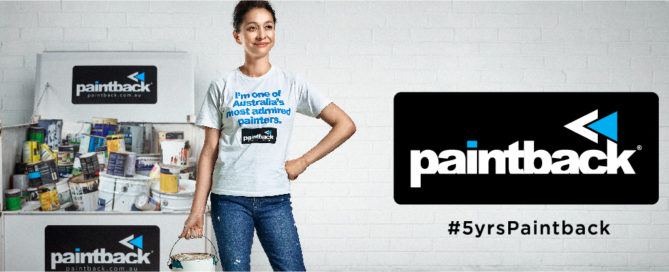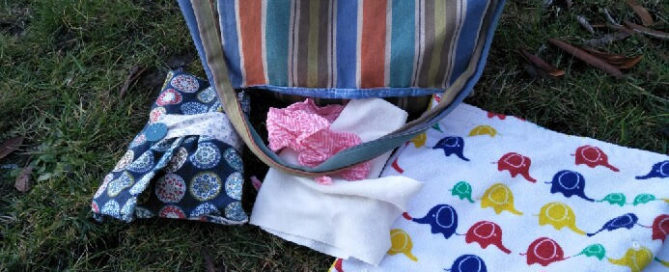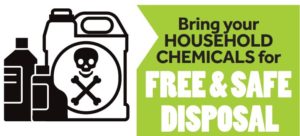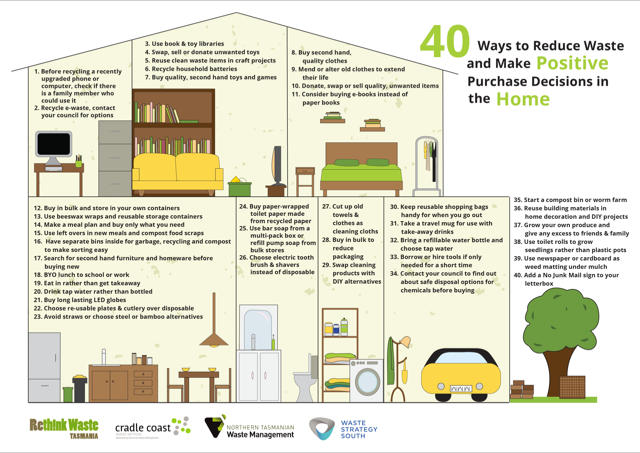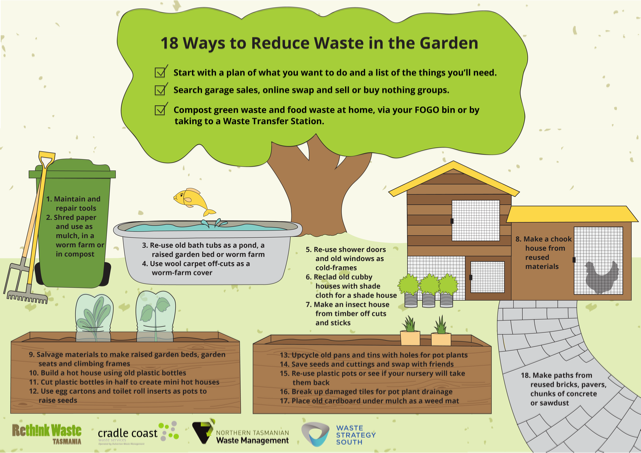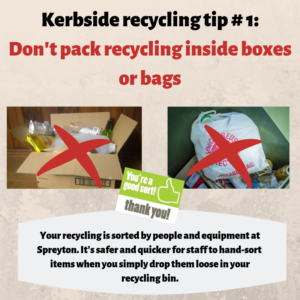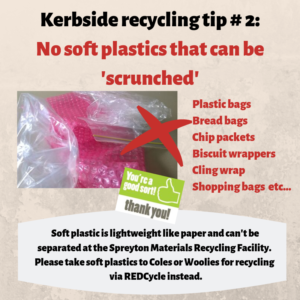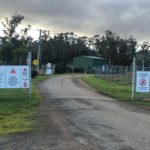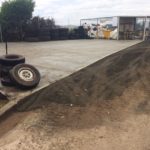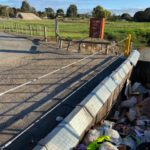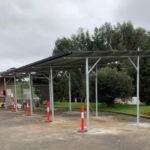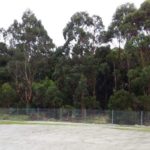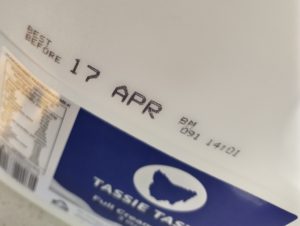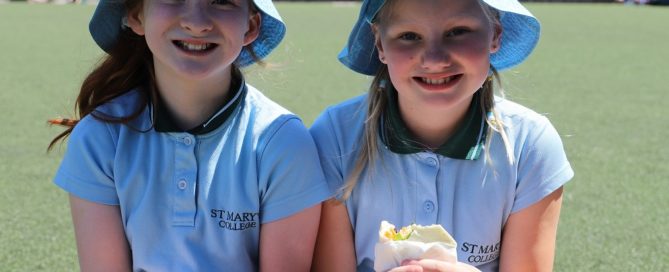Paintback: how to safely dispose of unwanted paint and varnish
Can’t find a re-use for your old paint, varnish, deck stains or the old paintpots and pails? Then the Paintback scheme, which celebrates its fifth anniversary in May 2021, can take it for safe disposal.
Paintback is open to households and trade users. It receives unwanted paint and paint packaging from more than 155 Australian collection locations – including collection points at 18 Waste Transfer Stations in Tasmania – and ensures it is disposed of safely or repurposed for other industrial uses.
A record-breaking 8 million kilograms of unwanted paint and paint packaging was diverted from Australian landfills and waterways last year, according to Paintback. By the end of June this year, Australians are on track to have safely disposed of almost 30 million kilograms of paint and packaging since Paintback started five years ago.
Paintback transports the used paint from collection sites for treatment and repurposing, significantly reducing the paint in landfill.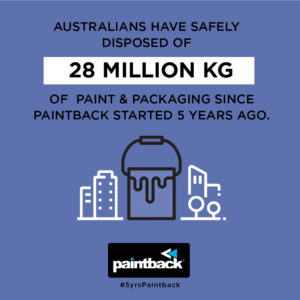
Currently, unwanted paint is converted into an alternative fuel source replacing coal, or its water is extracted and used by other industries, reducing the need to use mains water. This is where Paintback is funding Australian research into how it can improve the recovery of the paint and pails, to reduce demand on virgin resources. Paintback aims to have 90% of unwanted paint diverted into Australia’s budding circular economy – where products are re-used or are repurposed for other manufacturing or industry processes to keep them circulating instead of being discarded permanently.
To find a Paintback collection point near you, contact your local council or search https://www.paintback.com.au/find-location

